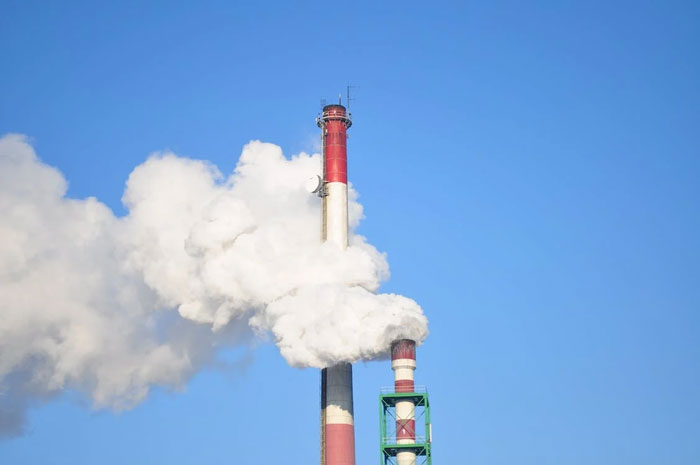
A new, easier, and cheaper way of capturing the greenhouse gas CO2 has been discovered by researchers at ETH Zurich led by Maria Lukatskaya, Professor of Electrochemical Energy Systems.
The researchers employed the knowledge of the fact that in aqueous acidic solution CO2 (carbon dioxide or carbon (IV) oxide) remains unchanged while in aqueous alkaline solution it undergoes a reversible reaction to form a carbonate.
Being a reversible reaction, the carbonate can be broken down to give back the CO2 when the solution becomes acidic.
Researchers’ Technique
The researchers were looking for an easier and cheaper way to get an aqueous solution to switch from been acidic to alkaline and vice versa whenever desired so that the greenhouse gas CO2 can be captured and released as desired.
To achieve this, they found photoacids useful. Photoacids react to light. In the dark, photoacids turn an aqueous solution alkaline, while under light it turns aqueous solution acidic.
How the Researchers’ System Works
When air is passed through an aqueous solution containing photoacids in the dark, the solution is alkaline and a reversible reaction occurs with the CO2 of the air, producing a carbonate.
From this reaction, the greenhouse gas, CO2 is captured and removed from the air in the form of a carbonate.
However, when the solution is radiated or exposed to light, it turns acidic and the carbonate decomposes to release the CO2, which bubbles out and can be collected.
But there was a problem though; the researchers found that in practice the photoacids used were not stable, they decomposed within a day.
To solve the problem, Lukatskaya and her team used a mixture of water and a certain organic solvent in an appropriate ratio instead of using only water as their solution. With this, the photoacids can remain stable for a month.
Advantage of the New Technique
The use of CO2 capturing technique in reducing the greenhouse gas, CO2 in the atmosphere and thereby reducing global warming is not new.
There is the filter method, which requires a great deal of heating and cooling. This takes much energy to accomplish.
But the method devised by Lukatskaya and her team only makes use of light, which can be sunlight. This makes it cheaper and easier to capture the CO2 of the atmosphere and reduce global warming.
